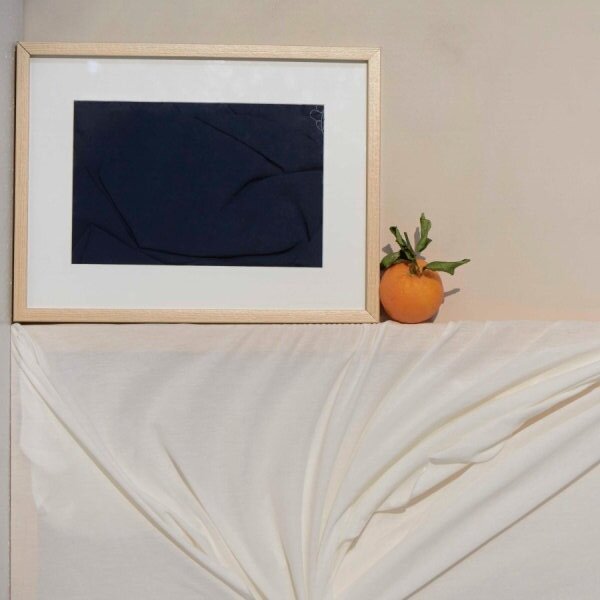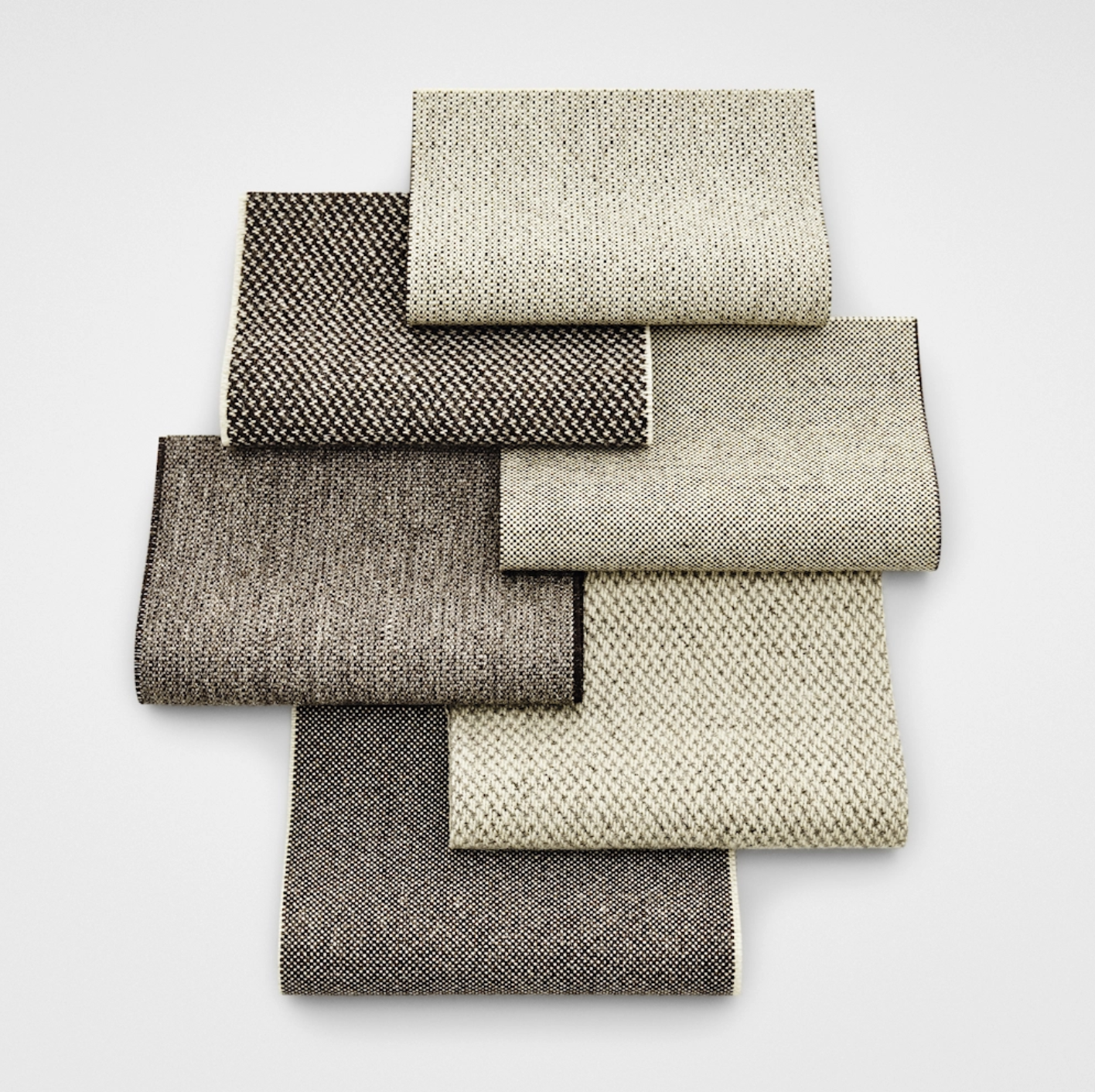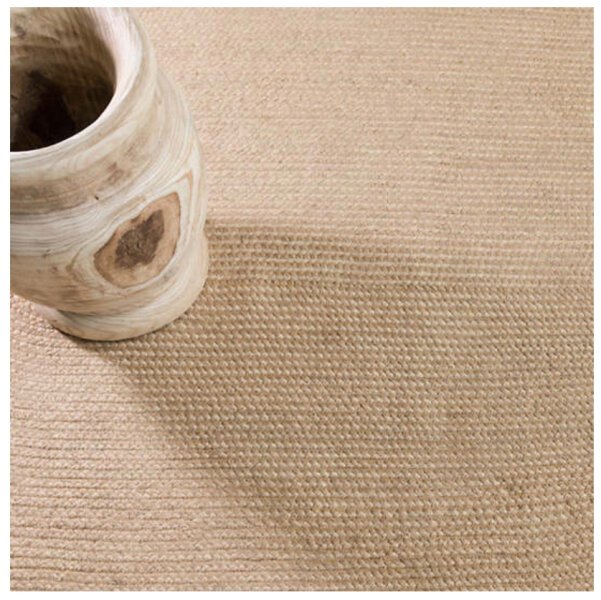RECYCLED AND | UPCYCLED PRODUCTS
RECYCLED AND UPCYCLED PRODUCTS
Are you ready for the fourth installment of our Sustainability + Interiors series? We’re going to dive deeper into the concept of ethically sourced materials and focus on upcycling and recycling. What could be more sustainable than using old, discarded materials to create something new and beautiful?
WHAT’S THE DIFFERENCE BETWEEN RECYCLING AND UPCYCLING?
Recycling is a process that transforms waste from one material into another reusable form. This new material is then used to create an object that differs from the original item. An example: some companies recycle plastic bottles into polyester fibers for outdoor rugs, pictured above.
By contrast, upcycling does not transform the nature of the object. It simply uses the same material to create a new product of higher value than the first. An example could be creating elegant, modern tables using wood salvaged from a mill.
WHAT CAN BE RECYCLED AND UPCYCLED?
Thanks to innovations in the textile and interior design industries, more than you might you think. But recycling and upcycling is about more than reclaiming discarded materials; it’s about creating a sustainable product lifecycle, one that’s far less likely to end buried in our deserts or floating in the ocean.
Here are a few production methods that are revolutionizing sustainable recycling:
Econyl regenerated nylon is made from discarded fishing nets, old carpet, and reclaimed nylon. They can transform the waste nearly endlessly without losing the fibers’ quality, and claim that every 100K tons of Econyl saves 70K barrels of crude oil and 62K tons of CO2. Their fiber has been adopted into lines of nylon bags for Stella McCartney and Prada.
(source)
Italian company Orange Fiber uses citrus pulp to create a line of silk fabrics. They extract cellulose from the rinds and weave it into fabric that is soft enough even for Ferragamo to create an entire collection around it.
(source)
Rifibra x Tencel uses wood pulp and cotton scraps from clothing production to create new fibers and fabrics. Even better, production is sustainable, with 99.7% of solvents being reusable and 95% less water used compared to cotton manufacturing.
HOME BRANDS WITH RECYCLED AND UPCYCLED PRODUCTS
In addition to the makers above and in our previous Sustainability + Interiors post, here are a few more earning respect and admiration for their recycling/upcycling practices in our industry:
KVADRAT
Kvadrat is a textile producer with a number of new fabric lines. One is made of 45% recycled wool, which reduces the need for livestock, transport, washing, and dyeing.
ANNIE SELKE
Annie Selke uses PET, a polyester fiber made from recycled plastic bottles. You can find these recycled materials in several pieces of her indoor/outdoor collection of rugs and pillows.
(source)
MITCHELL BLACK
Mitchell Black’s line of organic wallpaper is made from PVC-free vinyl, LEED-certified paper (that’s the Leadership in Engineering and Environmental Design), natural fibers like grass and sisal, and other recycled content.
(source)
FIRECLAY TILE
California-born Fireclay Tile is one of our favorite resources for handmade and environmentally friendly tile. They use reclaimed materials, such as cement dust, porcelain, and glass from bottles, old computer monitors, and TVs. They then upcycle these materials into stunning, art-worthy tile. You can see an example of their tiles in our Lake Street kitchen.
from the Lake Street Project
Did we miss any sustainable makers you love? We’d love to hear!
References:
https://www.ssense.com/en-us/editorial/fashion/fabric-innovations-giving-us-hope
https://businessofhome.com/boh/article/19-brands-that-turn-trash-into-treasure







